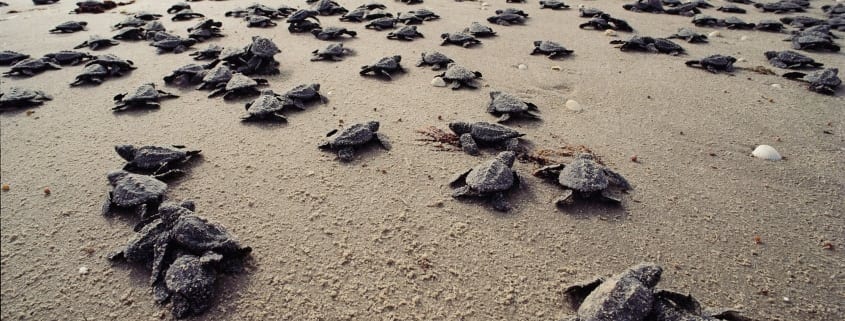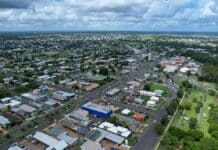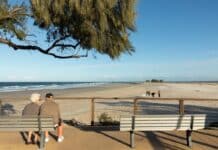
Minister for State Development, Manufacturing, Infrastructure and Planning Cameron Dick has made a Temporary Local Planning Instrument (TLPI), which he says provides more clarity for coastal development in the Bundaberg Region.
The TLPI will limit building heights at Bargara to 5-6 storeys and require new developments to be designed in a way to avoid direct artificial light impacts on the beach, ocean and sky.
Mayor Jack Dempsey said he accepted the Minister’s decision and would continue to work with the Government to protect turtle populations.
“The Bundaberg Region is a global leader in turtle protection,” he said.
“Council has invested in the redevelopment of the Mon Repos Turtle Centre and we’re leading a project to reduce lighting impacts along our coastline in collaboration with a range of community organisations and technical experts.
“We’re taking a world-leading approach that will see sensors strategically placed around our key nesting beaches to record real-time light pollution data.
“This data will be made available online so that the entire community can see our lighting ‘hot spots’ and we can work together to reduce the impacts it has on turtles.”
Mr Dick said the TLPI strikes a balance between supporting coastal development while protecting sea turtles which is a major economic asset for the area.
“I recognise the great work already undertaken by Bundaberg Regional Council in improving turtle conservation outcomes,” he said.
“This TLPI supports appropriate development along the Bundaberg coast. The provisions also provide more certainty for the community and continued investment in the region.
“The TLPI provides greater transparency for building heights at Bargara and limits the impact of artificial light on the endangered turtle population in the rest of the region.”
Planning Institute of Australia Queensland president, Wendy Evans, said it was important to make clear policy statements.
“The planning system can be quite complex at times and it’s important more clarity is provided through planning instruments, including through TLPIs when they are triggered, to manage community and industry expectations,” Ms Evans said.
Mr Dick said to support the broader protection of sea turtles along the whole Queensland coastline, the Government has also released the Sea Turtle Sensitive Area Model Code, based on the provisions from the Bundaberg TLPI.
“This will raise the profile of sea turtle conservation in Queensland by providing coastal councils with a set of provisions, such as ways to avoid direct artificial light on beaches, the ocean and sky, to better protect sea turtles from new development,” he said.
The TLPI will apply for up to two years, while Council goes through the process of permanently amending its planning scheme.
To view the TLPI or the new Sea Turtle Sensitive Area Model Code visit here.







